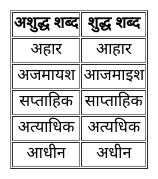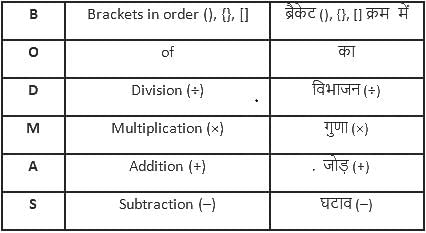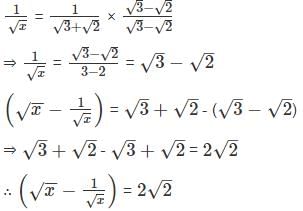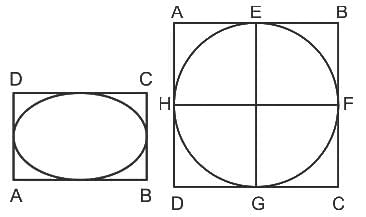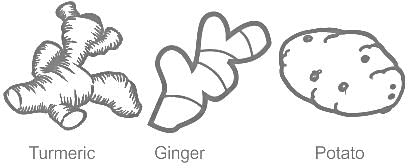KVS PRT Mock Test - 9 - KVS PGT/TGT/PRT MCQ
30 Questions MCQ Test - KVS PRT Mock Test - 9
Fill in the blanks with the proper past participle form of the following verbs.
Shake
Directions: A sentence is given here with a blank and you need to fill the blank choosing the word/words given below. If all the words given can fill the blank appropriately, choose ‘All are correct’ as your answer.
Russian hardware was airlifted in with the aim of reinforcing _______________ in the south and the initial ambition was to advance along the southern coast of Ukraine.
I. Troop
II. Troupe
III. Fleet
Which company was awarded the 2024 Google Cloud Sales Partner of the Year for India?
Identify the segment in the sentence which contains a grammatical error.
One must not boast about their success.
Identify the part of speech the underlined word belongs to.
Baloch separatism has been an ongoing issue in Pakistan since the birth of the nation in 1947.
Direction: Choose the appropriate option with the correct punctuation marks for the given sentence:
I have bought a book two pens a pencil and an eraser.
Simplify the following.
813/4 + [(20 ÷ 5 of 3 × 6) + {(8 ÷ 24 of 3) × 4} - 10 ÷ 5] - (1/32)-2/5 .
If the quadrilateral has an inscribed circle, then the sum of a pair of opposite sides equals:
Abhi knew that plants adapt themselves to the conditions in the environment in which they live. He observed a plant with tall, conical and needle-like leaves. What kind of plant is it?



